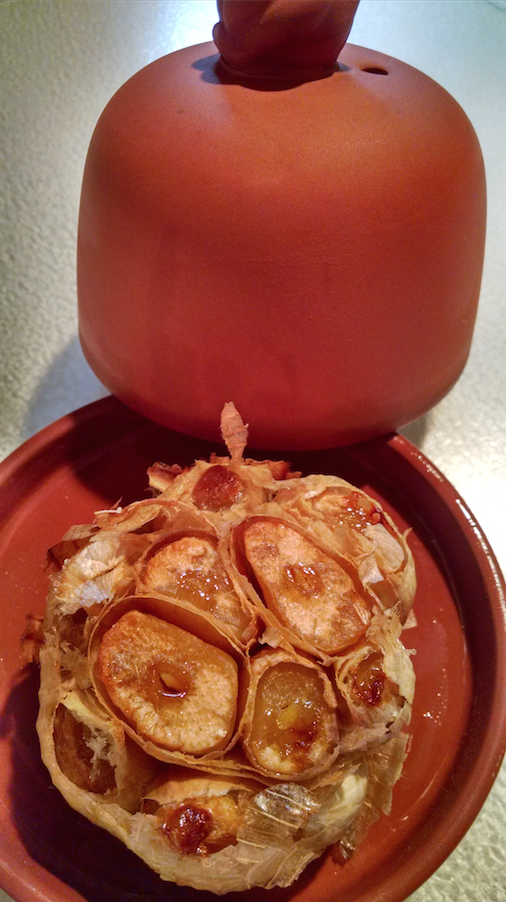Garlic
Published 3:07 pm Wednesday, October 18, 2017

- Roasted Garlic
Fall has officially arrived even if the weather does not reflect this fact. A majority of the planting beds in the vegetable garden have been prepared for a winter’s rest. One or two are reserved each year for fall crops.
And so it is with much chagrin that I find myself once more planting garlic. I love the stuff. However I experience much difficulty in growing it. Each year for the past three I have persevered gaining small victories with each attempt at a successful harvest.
Garlic should be planted in the fall. I have learned that even though the calendar may have officially declared it fall, one may be wise to wait a bit longer before planting. Nothing will mess with your freshly planted cloves like three weeks of sweltering temperatures and no rain.
Another lesson learned was to plant those cloves at a depth two times their length, and just to be sure they are deep enough, I add one half to whatever measurement it equals. Nothing will ruin a good morning quite like visiting the garden to find the garlic breaking the surface of the soil after you had just planted it.
Mulch and the absence of weeds are also key to a successful garlic bed. Much like a spoiled child, garlic does not play (grow) well with others. It does not like to share its space with anyone. I have never experienced this phenomenon with any other vegetables in the garden. Yes, I do weed on occasion but with the exception of the fall garlic bed I am not fanatic about it.
When planting garlic timing, depth and fastidious weed control have seemingly been key factors to my marginal success.
Hardneck or Softneck which variety to choose? Hardneck garlic varieties have more complex flavors. They have subtle differences that reflect the regional soil they were grown in and weather patterns. They do not store as long as softneck varieties do and should be cured and eaten within six months.
Softneck garlic is the garlic you are most likely to find in the grocery store. Usually it has a simpler flavor and is most known for its ability to store better and longer than the hardneck variety. Being that their necks are soft, they can be cut long and braided together and hung for storage. They are also sold and given as gifts.
Garlic is harvested in summer and must be cured after it is harvested. Hang the garlic in a well ventilated cool place to dry for 3-4 weeks. When the leaves, roots, and outer skins have dried completely brush off any loose soil and trim the necks back to an inch or two above the bulb. The garlic is now ready to be eaten or stored. The flavor of garlic will increase as it dries.
One of the simplest ways to enjoy garlic is to roast it in the oven and enjoy it as a spread on warm bread, your favorite cracker or mixed in with hummus, casseroles and mashed potatoes. When roasted the cloves become soft and creamy with a milder sweet caramelized flavor.
Roasted Garlic recipe;
Bring oven temperature to 400 degrees and place the oven rack in the middle of the oven.
Choose a large bulb of garlic and cut off the top one quarter inch of the bulb. You should see the tips of the cloves cut off and exposed.
Drizzle the exposed garlic bulbs with 1-2 teaspoons of olive oil.
Wrapped in tin foil or use a garlic baker.
Roast in oven for 45 – 60 minutes.
You cannot overcook, but do be careful not to forget about it. It will burn.
I do a lot of cooking with garlic and I am determined to succeed in growing it. If you have been successful at this particular gardening endeavor please share your experiences and practices with me through e-mail or on Facebook. I would love to hear from you.
Dawn Conrad is a columnist for The Kenbridge-Victoria Dispatch. She can be reached at conrad.gardenmuse@gmail.com or fb.me/conrad.gardenmuse.


